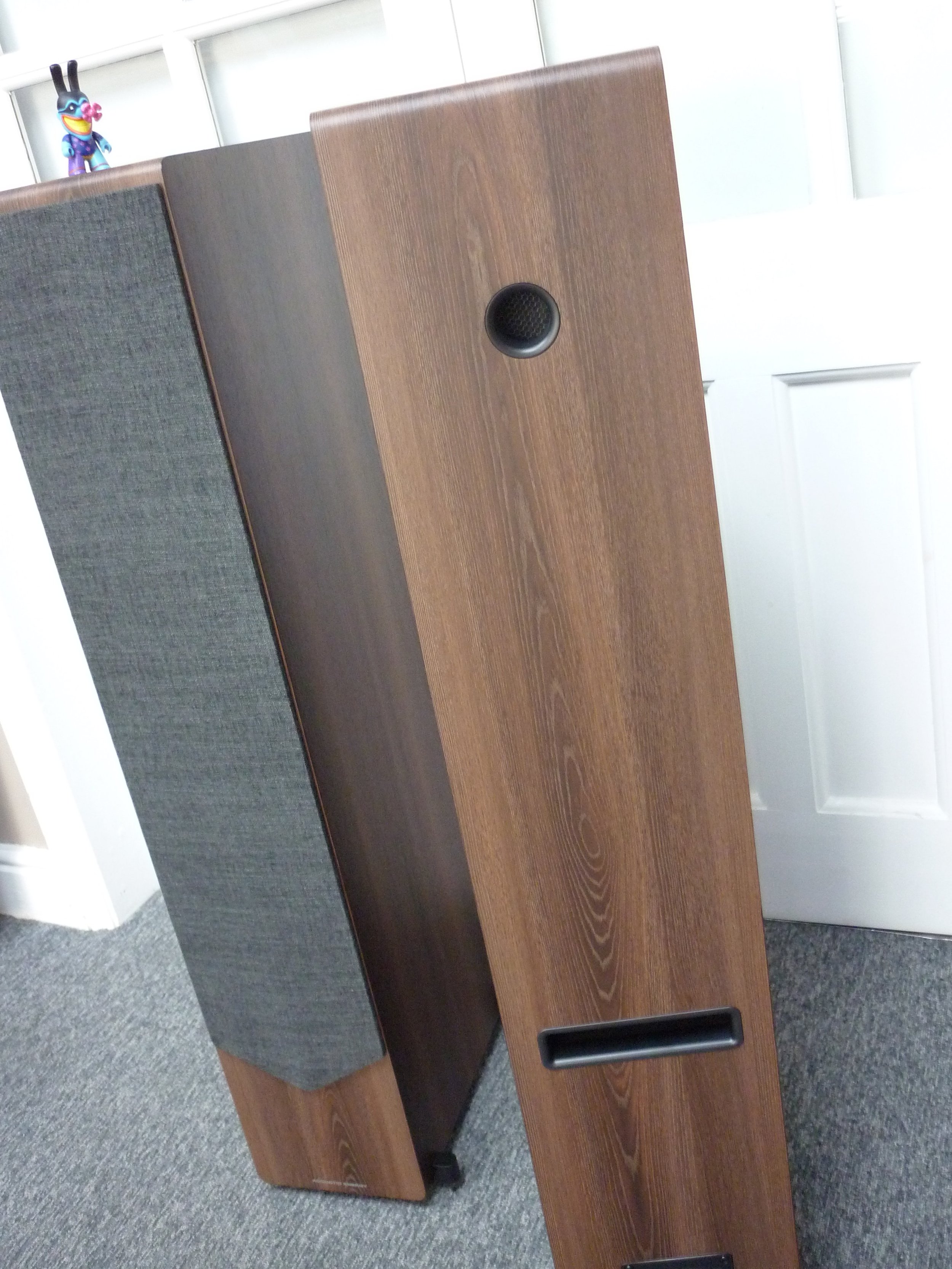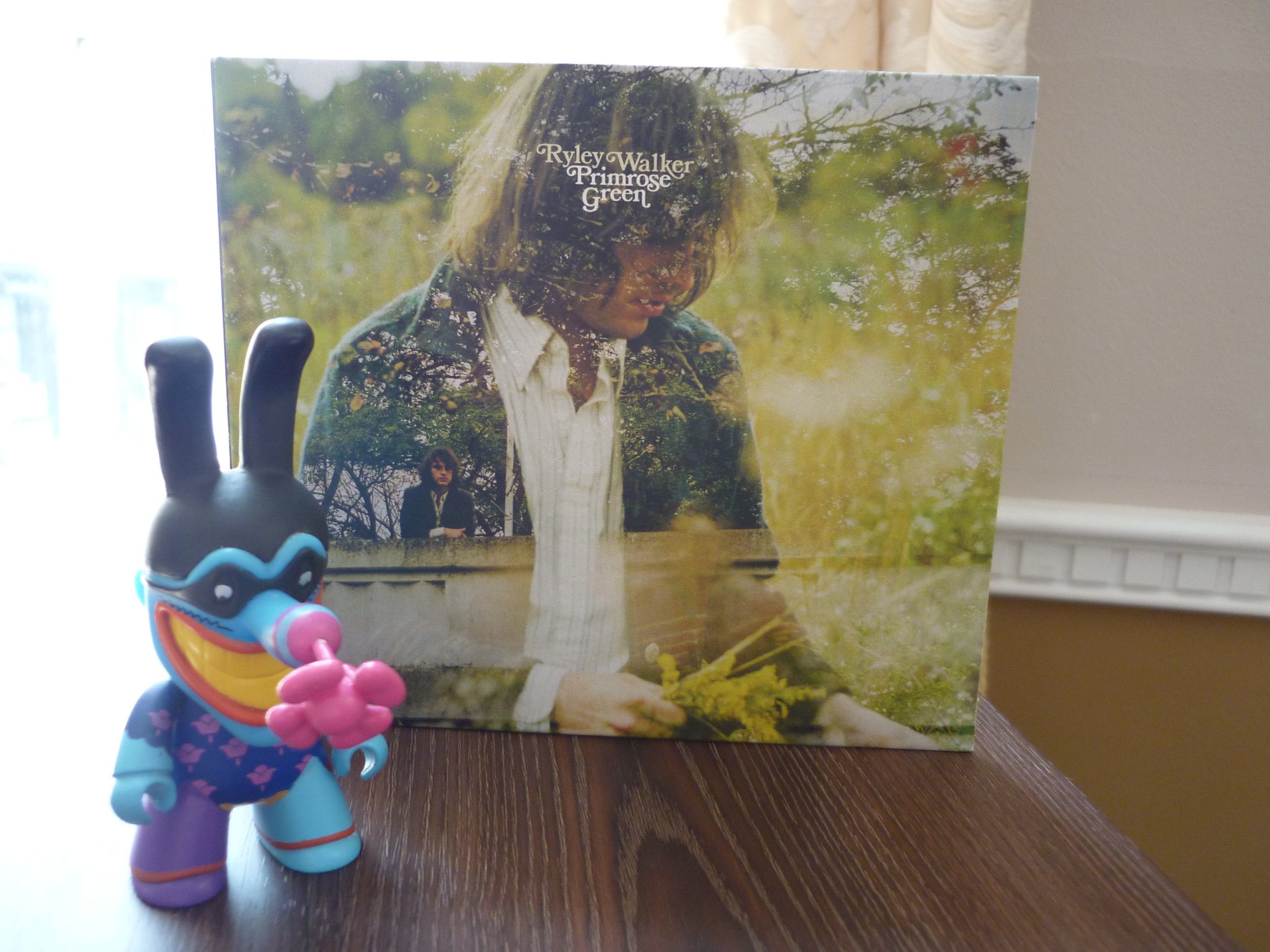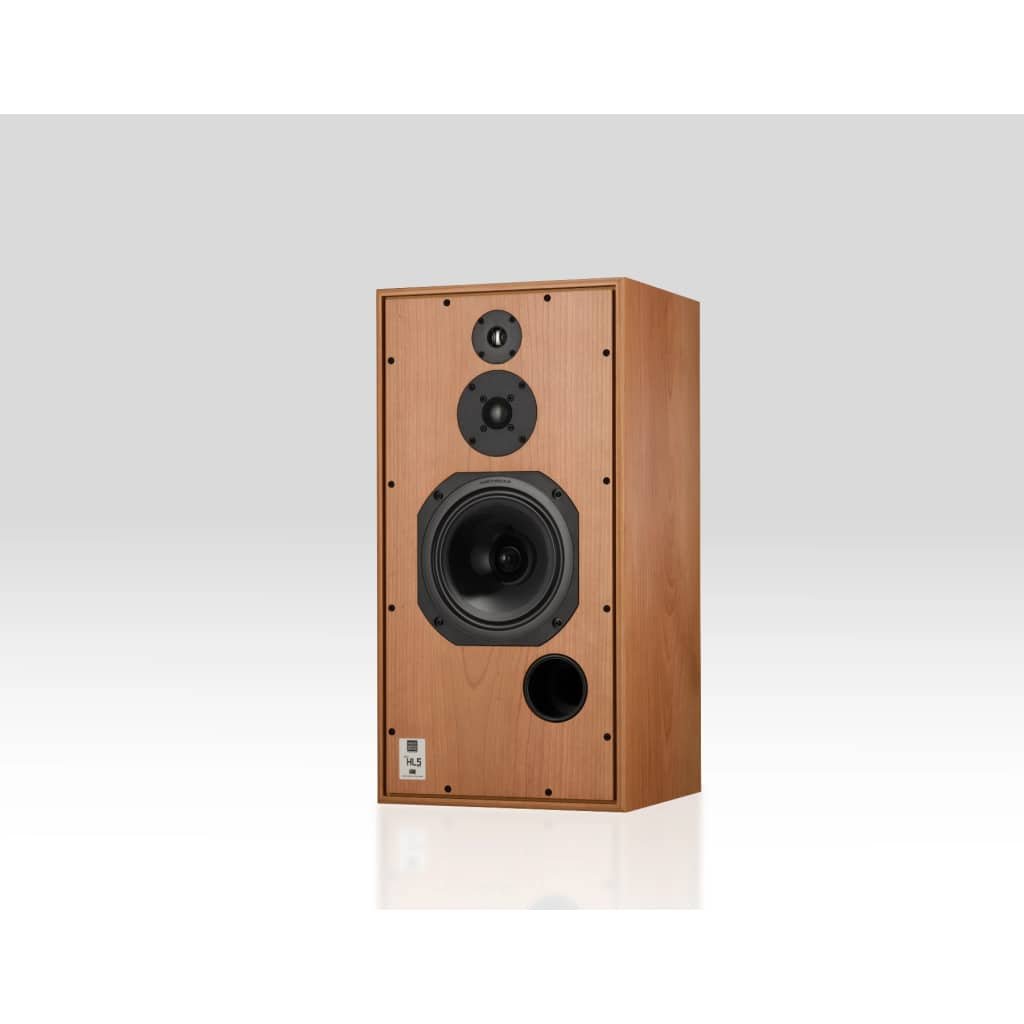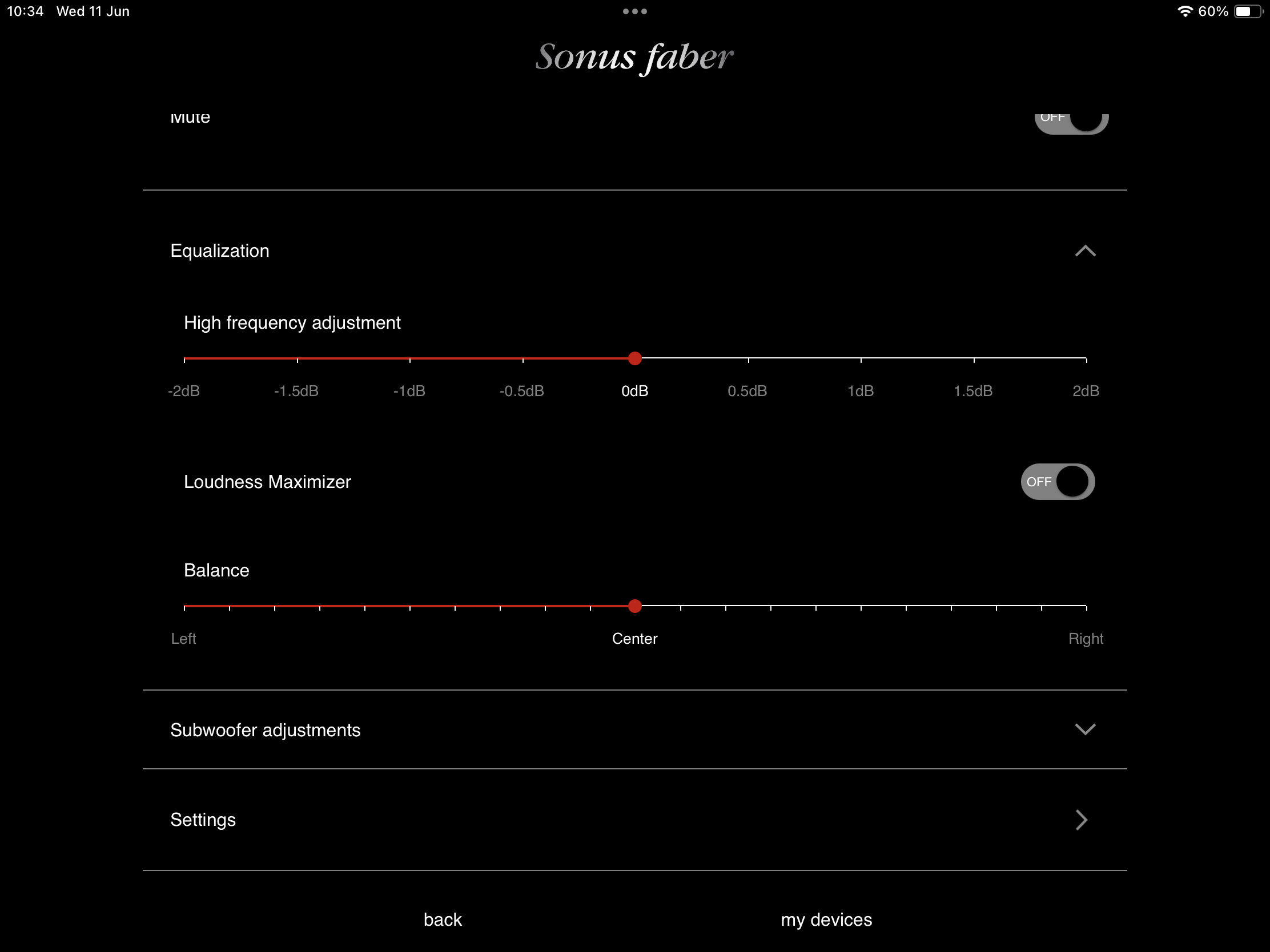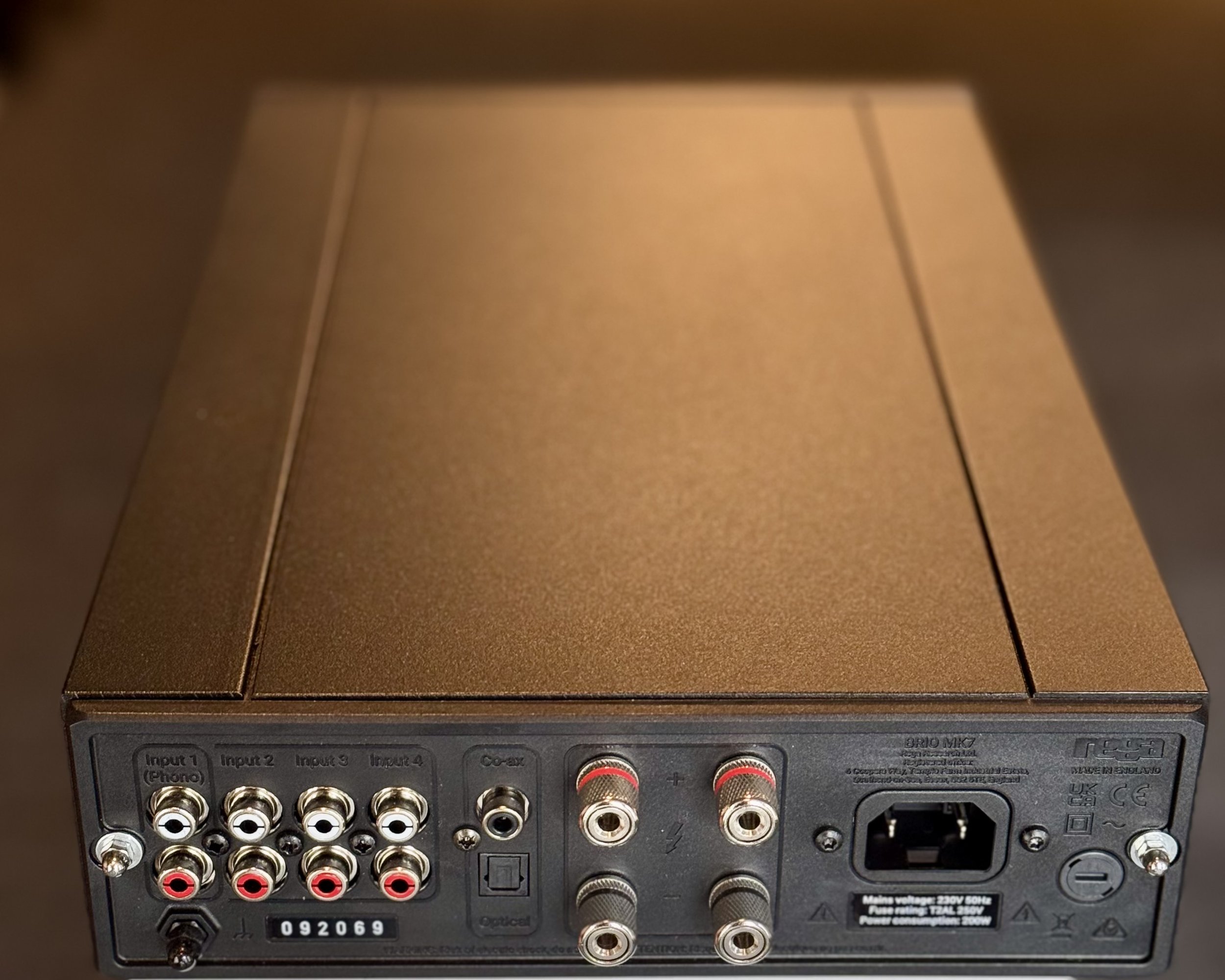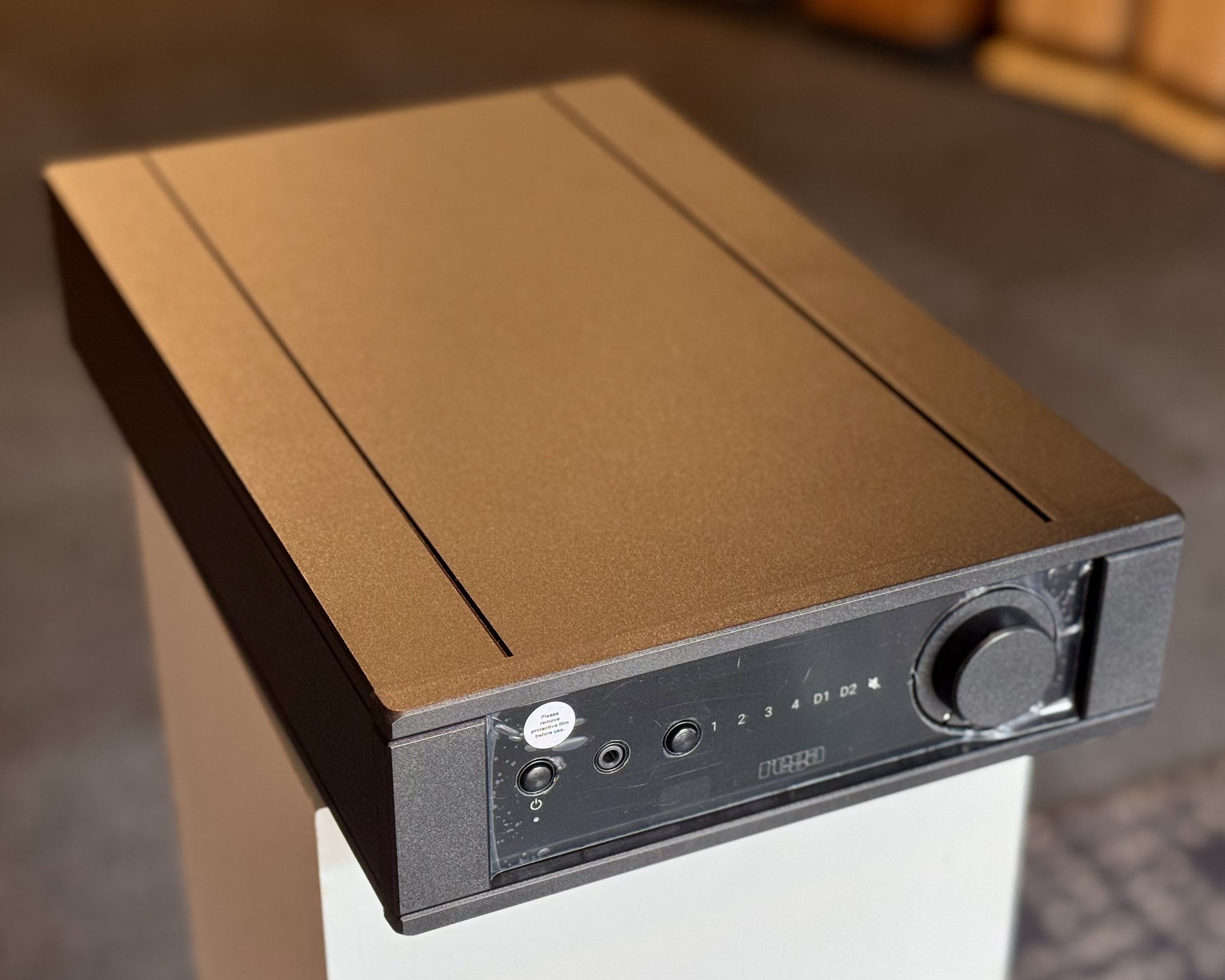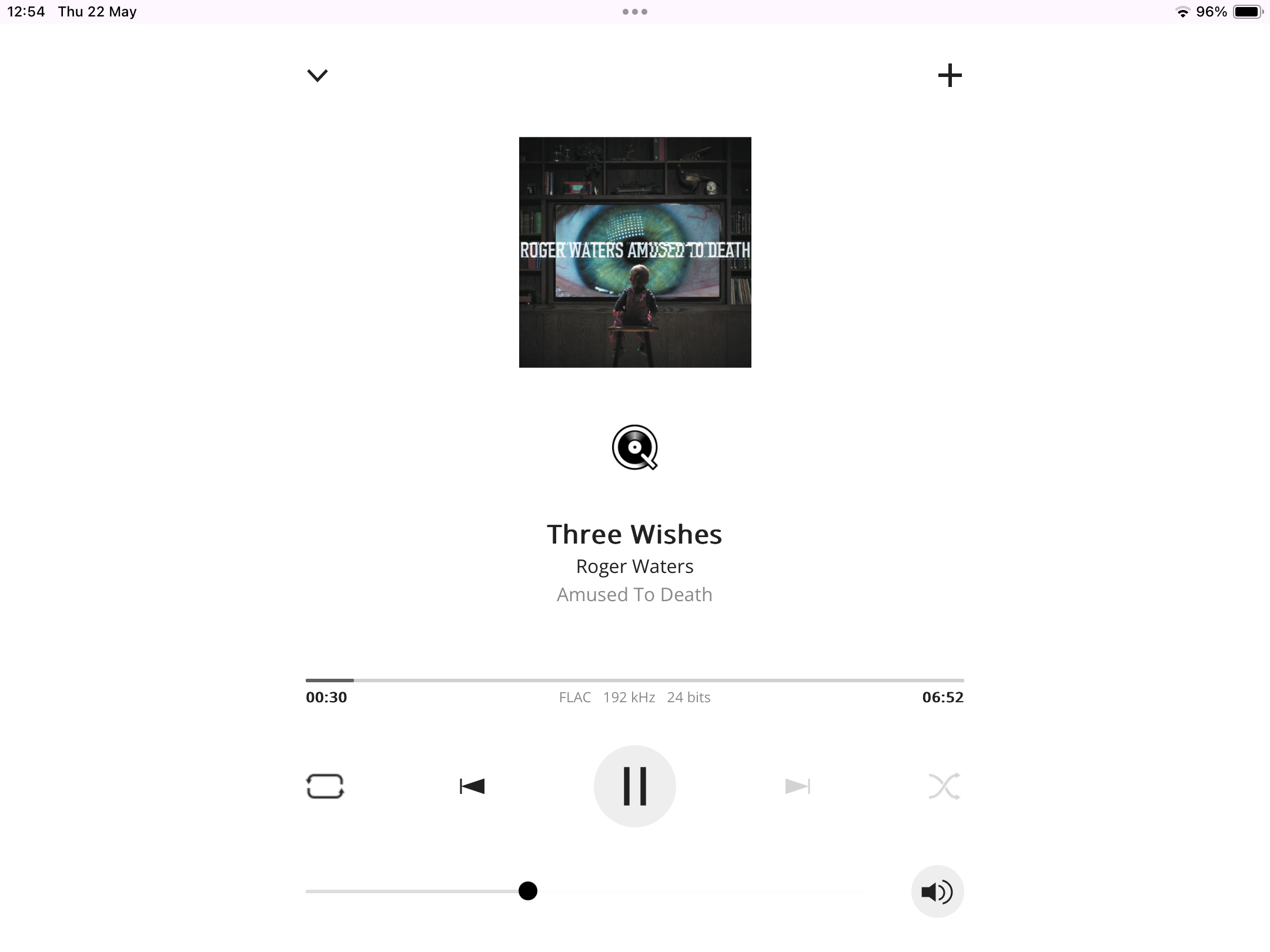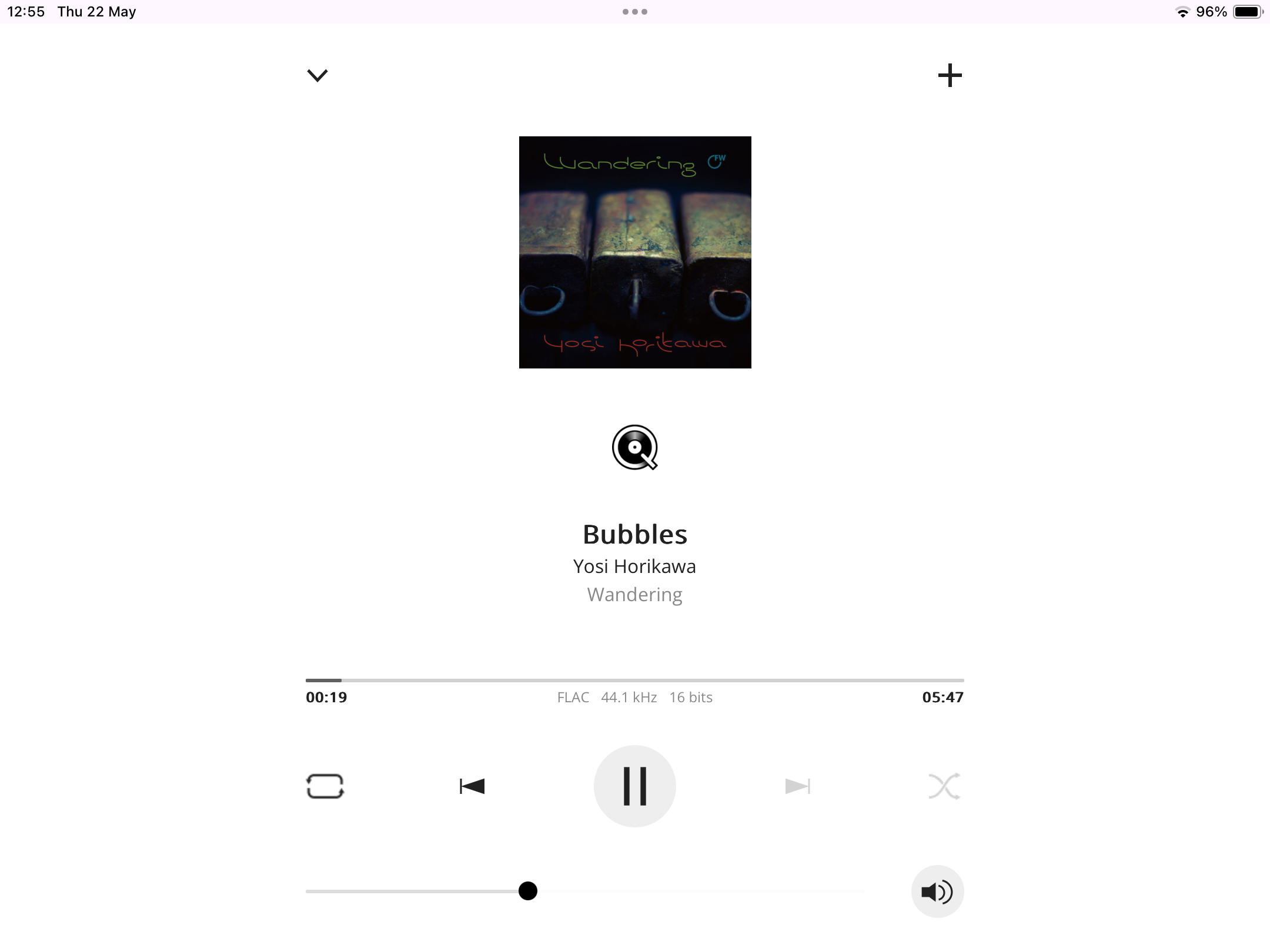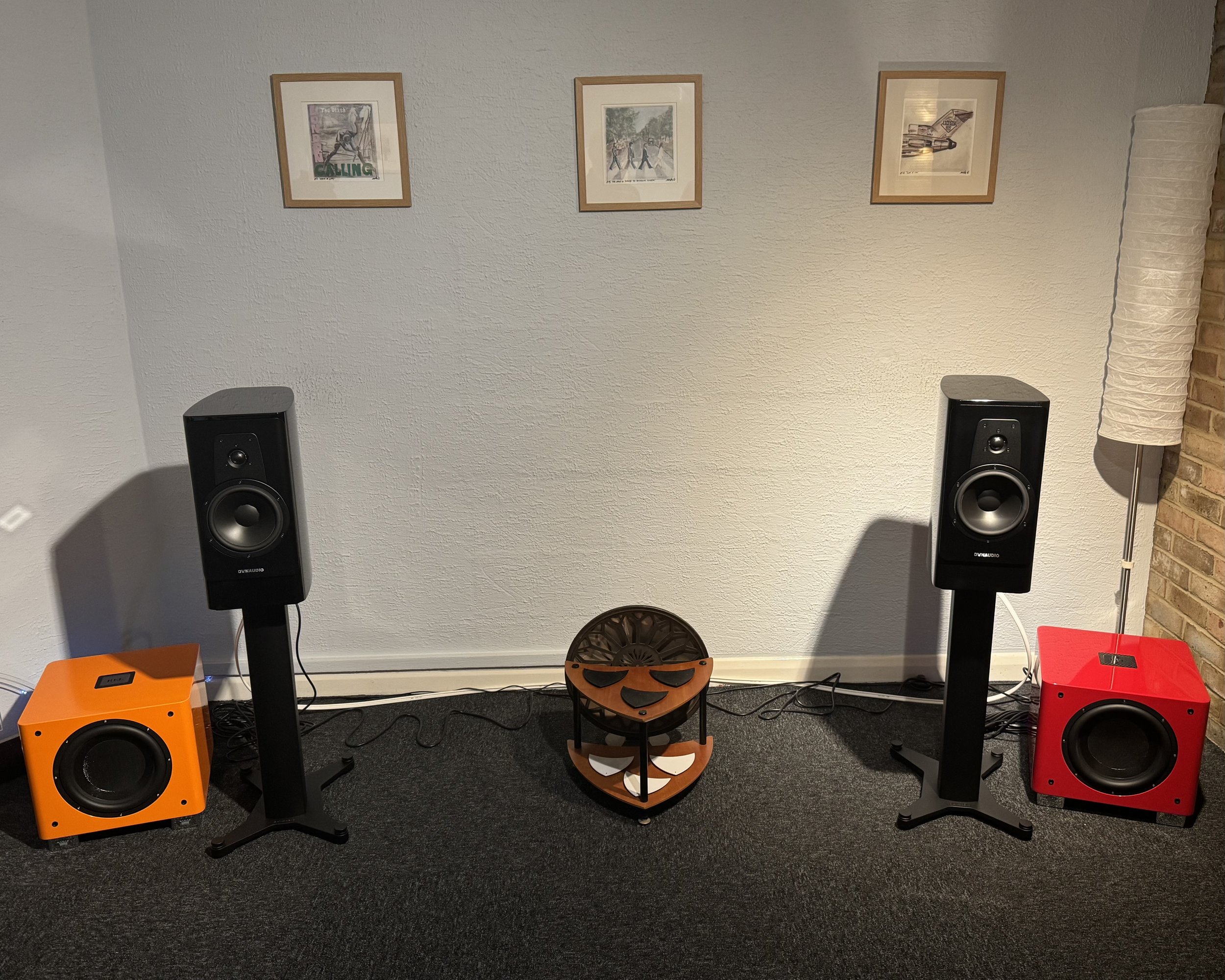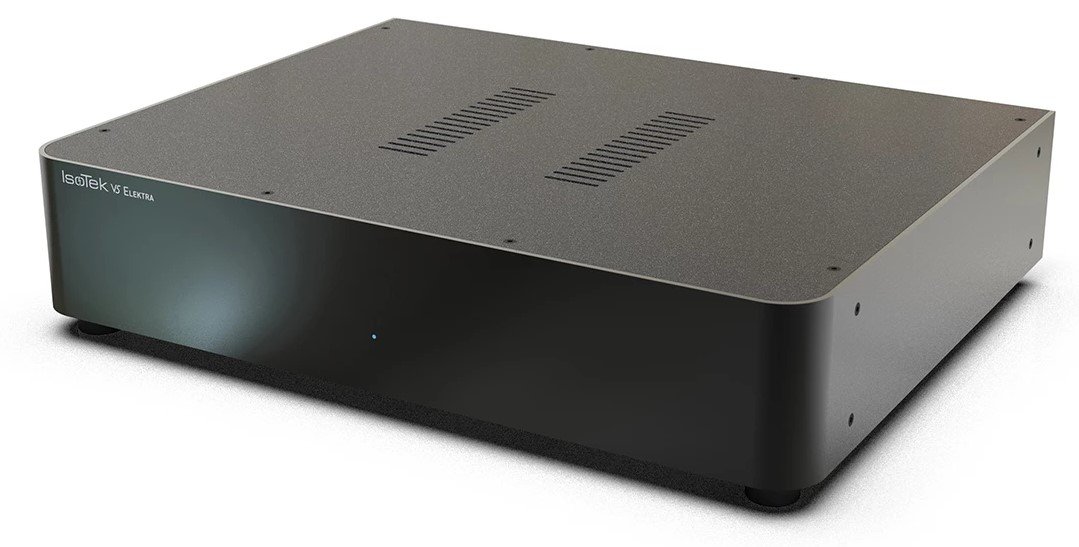New Arrival: Acoustic Energy AE320² – A Cheltenham Perspective
/We’ve been very excited about the arrival of the new Acoustic Energy AE320² loudspeakers for quite some time. We first heard a pre-production pair last year and then again at February’s Bristol Hi-Fi Show, where they produced one of the best sounds at the event.
tALL AND SLIM
Totally New Design
SOFT DOME TWEETER DERIVED FROM tHE cORINIUM
Inspired by, and based upon, the much more expensive Corinium model, these new AE320² had a lot to live up to — and they truly do. Bear in mind, they’re fresh out of the box with barely any running in, yet they’re already sounding utterly epic. This is not simply an improved version of the old model; it’s a complete reworking. Not a single component has been carried over from the previous 300 Series. Instead, they showcase an entirely new acoustic and aesthetic design from the ground up.
They feature an all-new mid-woofer, crafted from a blend of paper and coconut husk. This delivers a smooth, natural and refined response, full of warmth and clarity, while retaining the punch and pace of the previous aluminium-cone design. This groundbreaking driver ensures consistent sonic performance across its range.
Partnered with a newly developed soft-dome tweeter — derived from the aforementioned Corinium project — the result is open, delicate and natural high frequencies, perfectly matched with the mid-woofer for seamless integration across the entire audible spectrum.
Built-in Subwoofer
BUILT IN SUB WOOFER
The two bass drivers at the base of each cabinet effectively act like a built-in subwoofer, yet remain agile and beautifully integrated with the mid and top end.
COMBINATION OF PORTS ON THE REAR
This impressive complement of drive units is housed in an inert, slimline 18mm constrained-layer RSC™ MDF/bitumen cabinet (essentially a cabinet within a cabinet, with damping in between). This construction offers a significant step up in both audio and material quality at this price point. The slot-shaped duct port on the rear augments bass output and has been carefully developed to minimise air turbulence, delivering clean, undistorted bass performance.
They weigh in at a substantial 26kg each and measure 1050 x 200 x 350 mm (HxWxD — or 1070 mm high including spikes), so they’re not exactly enormous either!
Chunky Binding Posts
CHUNKY BINDING POSTS
There’s a reassuringly chunky pair of binding posts that will accept bare cables, spades or banana plugs.
The cabinet is available in a choice of walnut or a newly developed ‘silk-touch’ matte black or white finish, featuring screen-printed logos and colour-matched trims and grilles. The AE320² also comes with aluminium feet and spike covers, making them easy to integrate into any home décor while being kind to your floors.
SPIKED ALUMINIUM FEET
Looking Good in the Demo Room
LOOKING GOOD IN THE DEM ROOM
Anyway, that’s quite enough of the technical gubbins... I was itching to put these new AEs through their paces. The system in the picture above consists of the stunning new Cyrus 40 CD player and the practically perfect Rega Aethos amplifier. I plugged the AE320² straight in and, in no time at all, was having an absolute blast!
The Golden Road To Unlimited Devotion
Entirely by accident (?!) a recent reissue of the first Grateful Dead album found its way into the CD player. Before I knew it, the AE320² had me jumping around and playing air guitar to the opening track, The Golden Road (To Unlimited Devotion). Ignore all those musty old hi-fi clichés about pace, rhythm and timing — this was sheer fun. The AE320² sounded effortless and huge, and sometimes I still can’t believe this is my job: playing the Grateful Dead on a killer hi-fi system. OK, so I have to write about it afterwards, but that’s a small price to pay!
A Bit Of Green
After my little boogie with the Dead, I took things down tempo with “Primrose Green” from Ryley Walker’s album of the same name, released on Dead Oceans in 2015. This record is never far from my system at home and gets plenty of play here too. Coming across like a cross between Tim Buckley and a good Van Morrison, it should transport you straight to that land of Primrose Green — and the AE320² do just that. Vocals soar, guitar drifts, bass swings and the whole thing surges transcendently, helped in no small part by the wide open soundstage these speakers create.
To Conclude
Obviously, these new AE320² are never going to sound quite as breathtakingly beautiful as the flagship Corinium they’re derived from — but make no mistake, the influence is clearly audible. Much of the Corinium’s clever engineering and acoustic know-how has trickled down into these speakers, and the result is genuinely remarkable at this price. They deliver a big, open sound that fills the room effortlessly, with bass that’s tight and controlled, mids that have a wonderful natural warmth, and treble that shimmers without ever getting harsh.
Even fresh out of the box, they impress — but I know from experience that once they’ve been nicely run in for a good hundred hours or so, they’ll relax even more, opening up the soundstage and adding a touch more refinement and fluidity to everything they do. That’s when they really hit their stride and show just how much performance Acoustic Energy have managed to pack into this slim, elegant cabinet.
In short, the AE320² are an absolute joy to listen to, whether you’re blasting out some classic rock, spinning a bit of folk, or sitting back with a beautifully recorded jazz album. They punch far, far above their weight and prove once again that Acoustic Energy know exactly what they’re doing when it comes to building a speaker that makes music genuinely exciting.
If you’re curious — and you should be — come and hear them for yourself. Contact us at Audio T Cheltenham to book a demonstration and discover what these brilliant new loudspeakers can do in your own system. Prepare to be amazed — we certainly were!
Thanks for reading,
Andy, Jon and Farid - Audio T Cheltenham.
If you have any questions about any of the equipment featured in this article, or any other Hi-Fi or home cinema enquiries, be sure to Contact Us.
If you’ve enjoyed this, why not go ahead and read some more of our other blogs, and be sure to follow us on our social media channels below…
Acoustic Energy can be found at the following Audio T stores
Rega can be found at the following Audio T stores -
Cyrus can be found at the following Audio T stores





